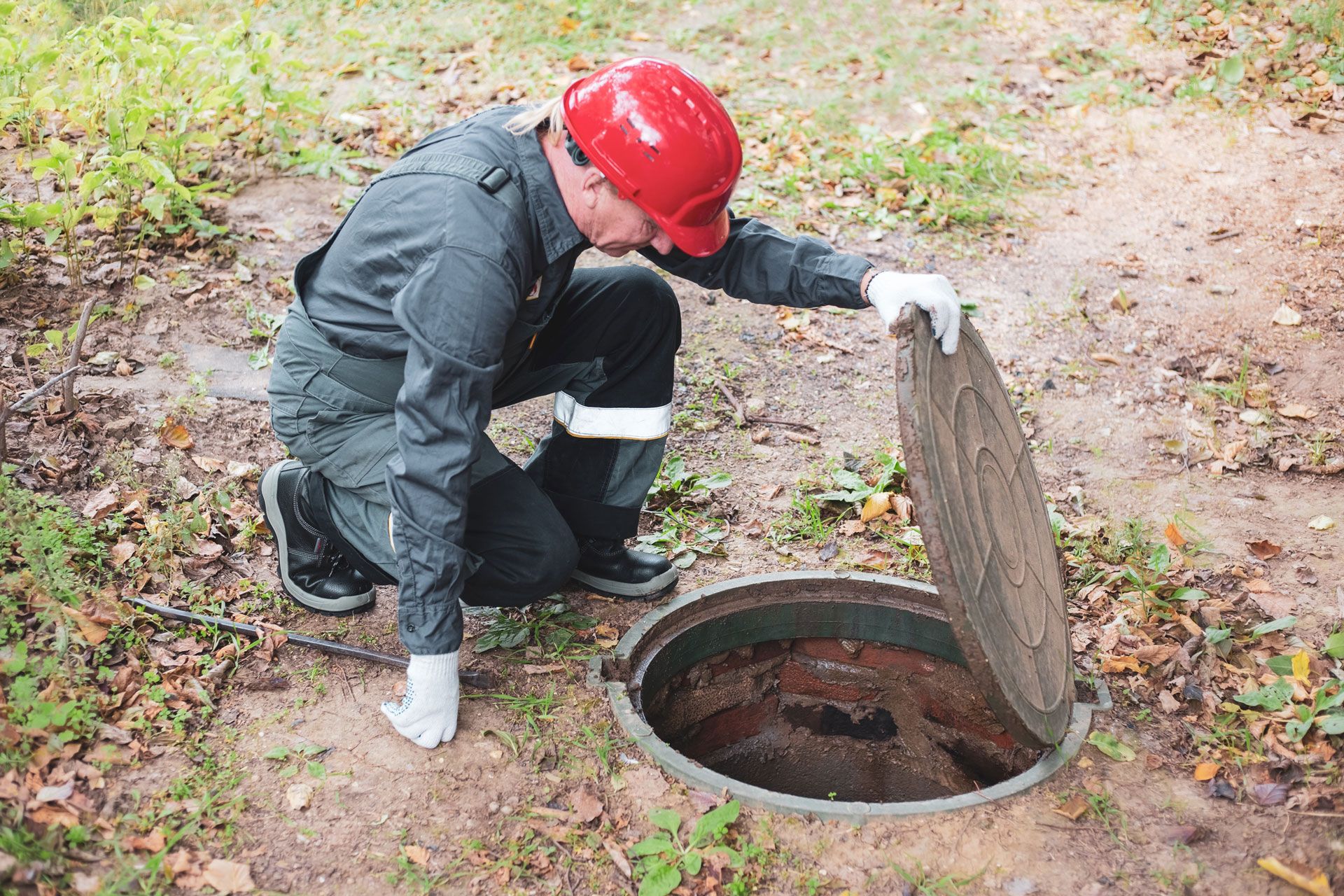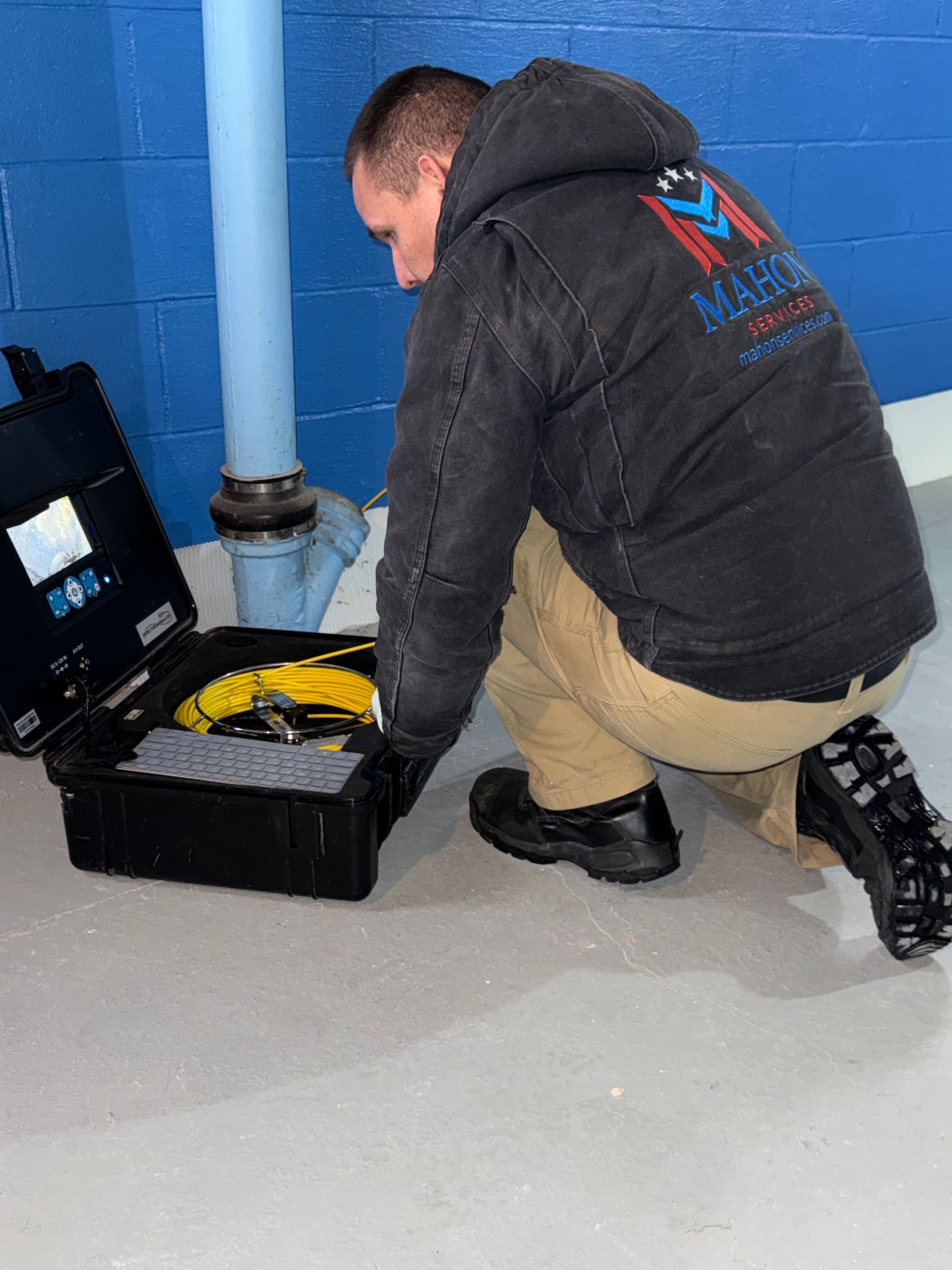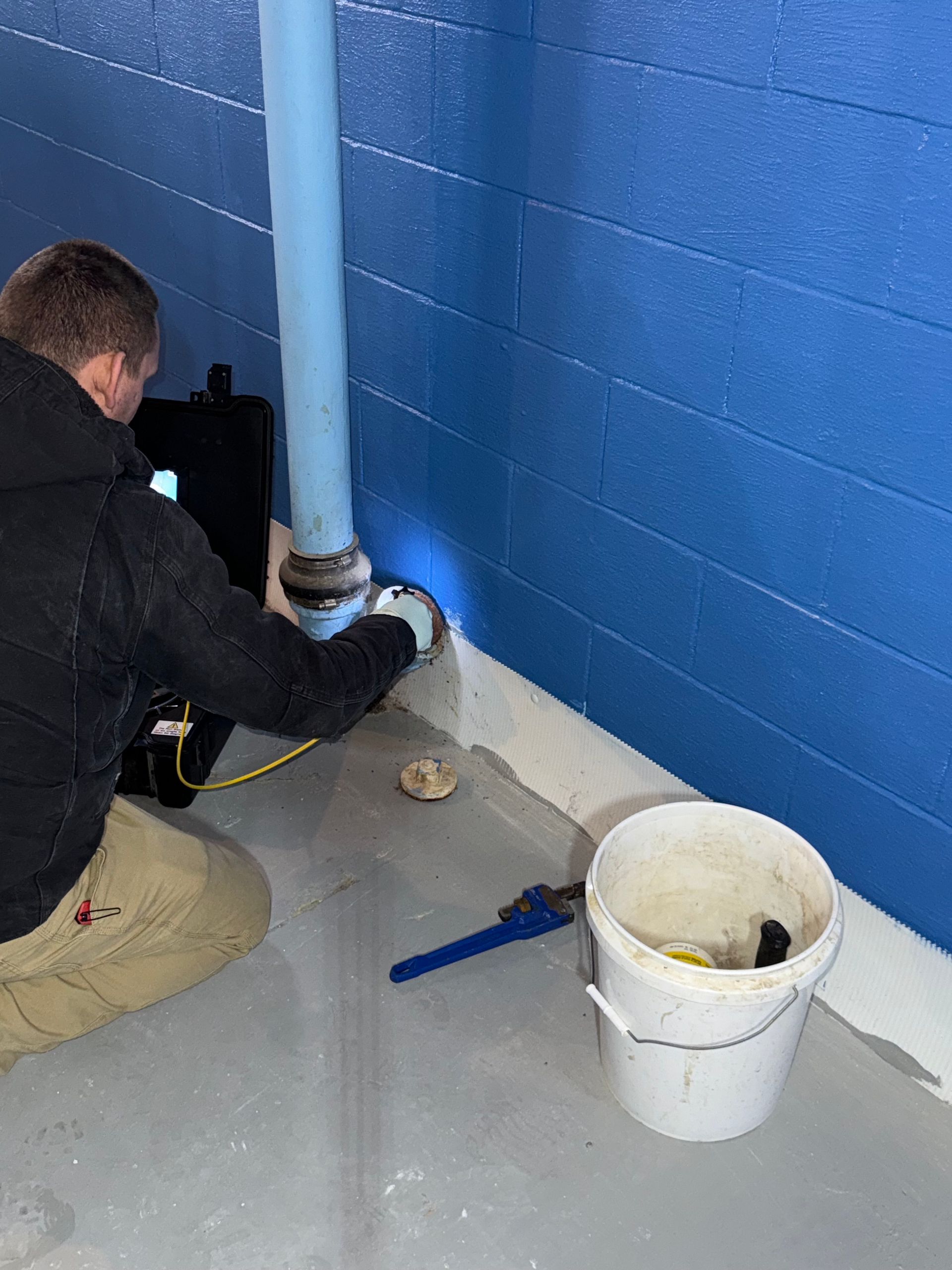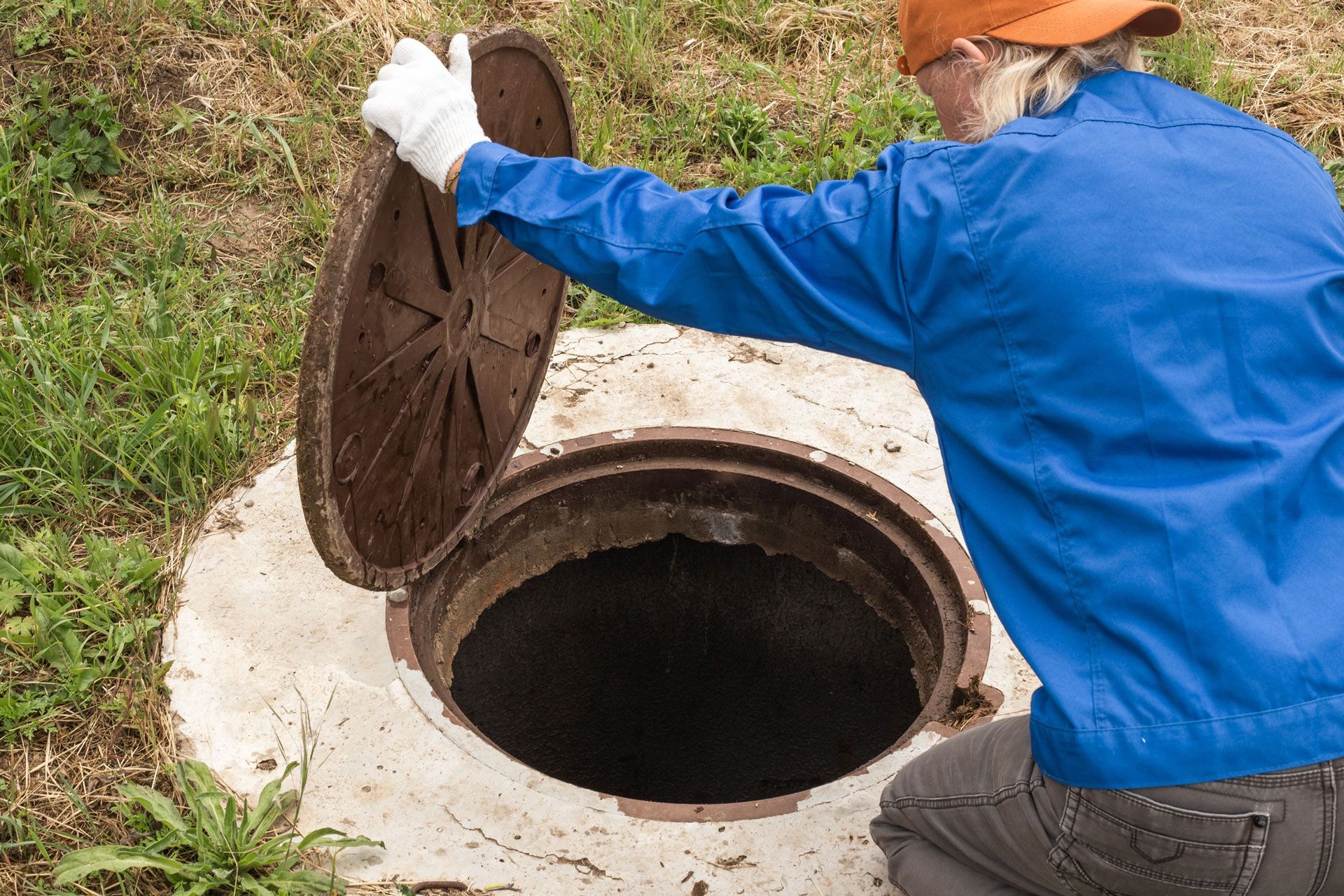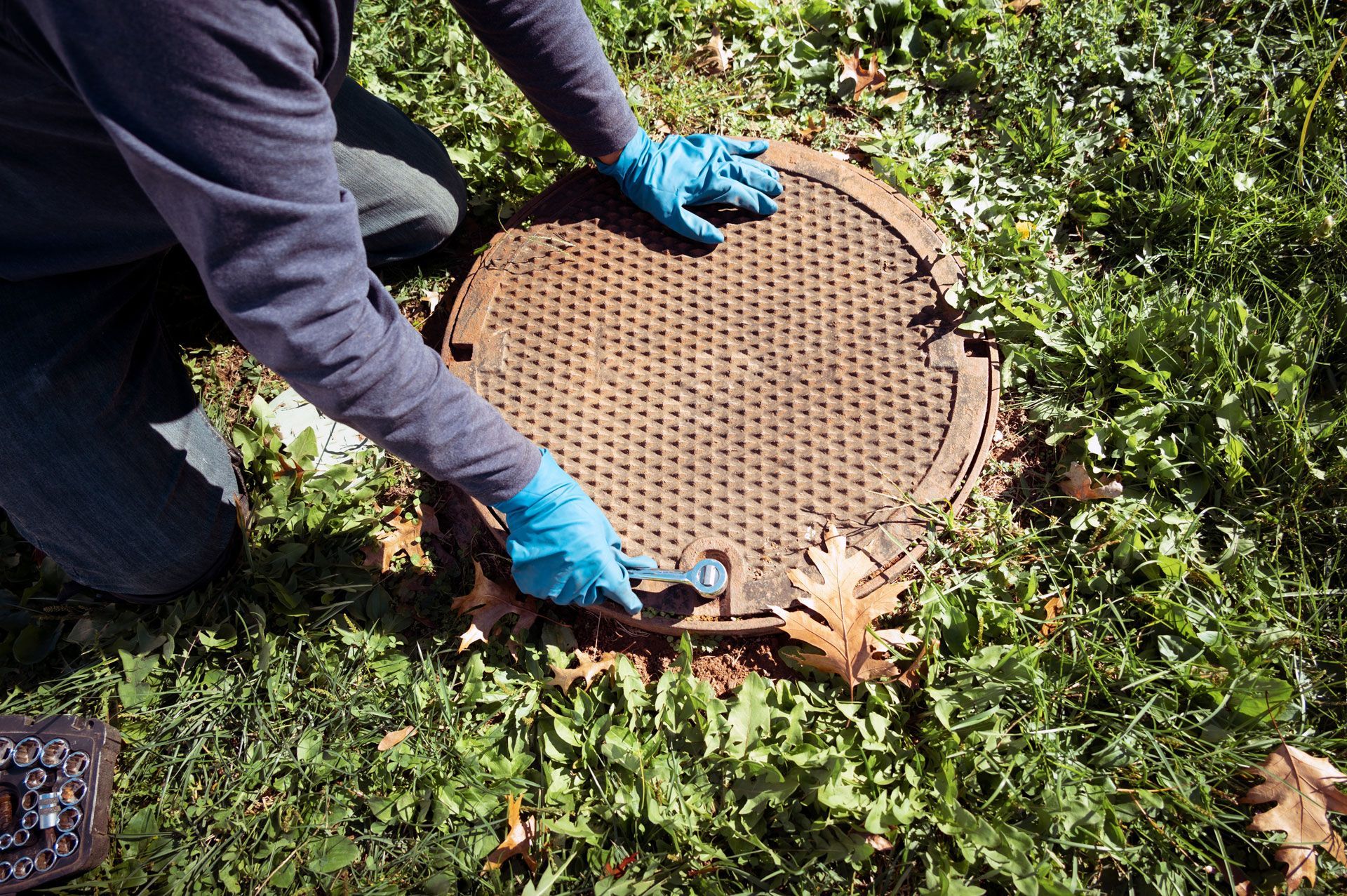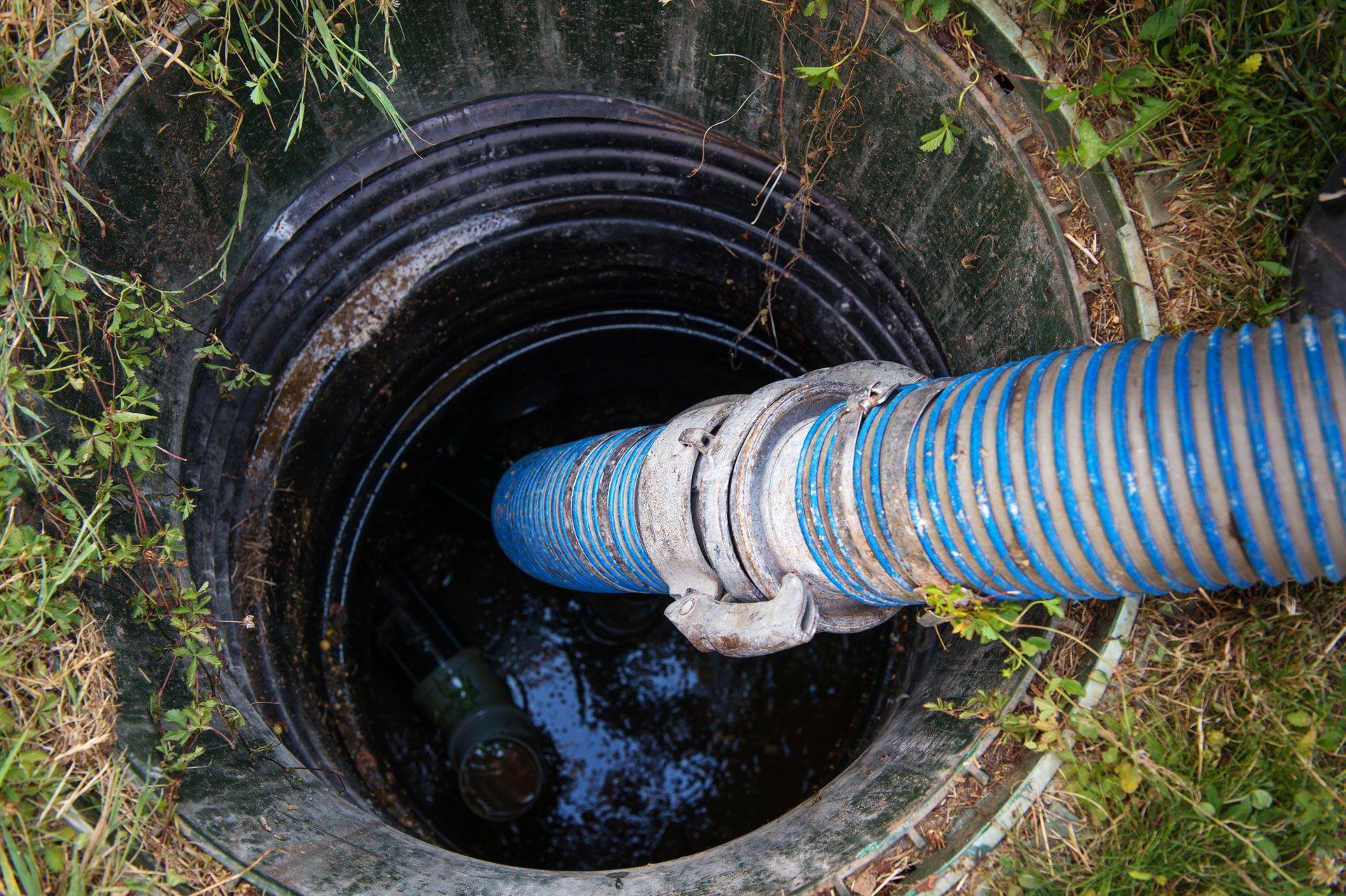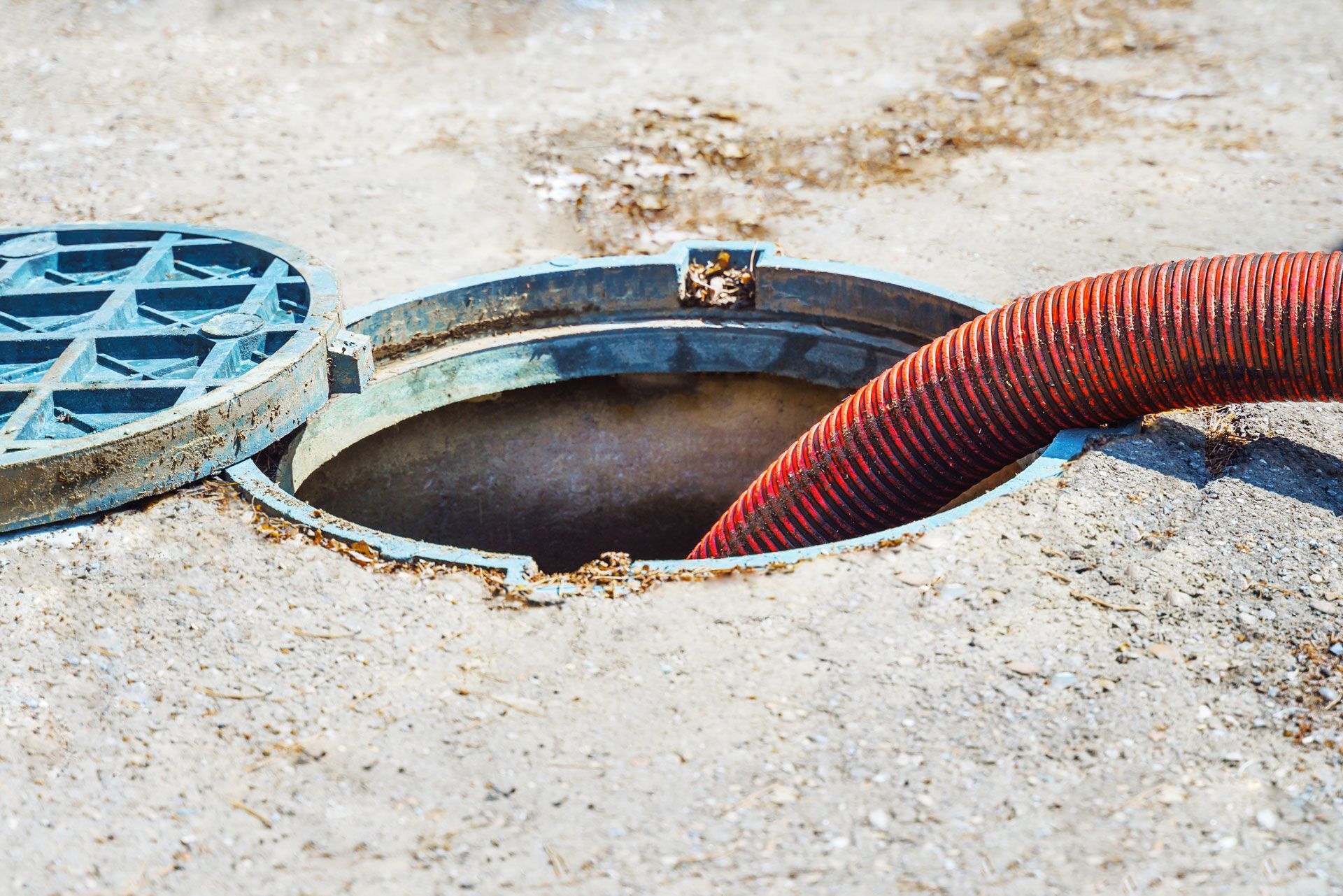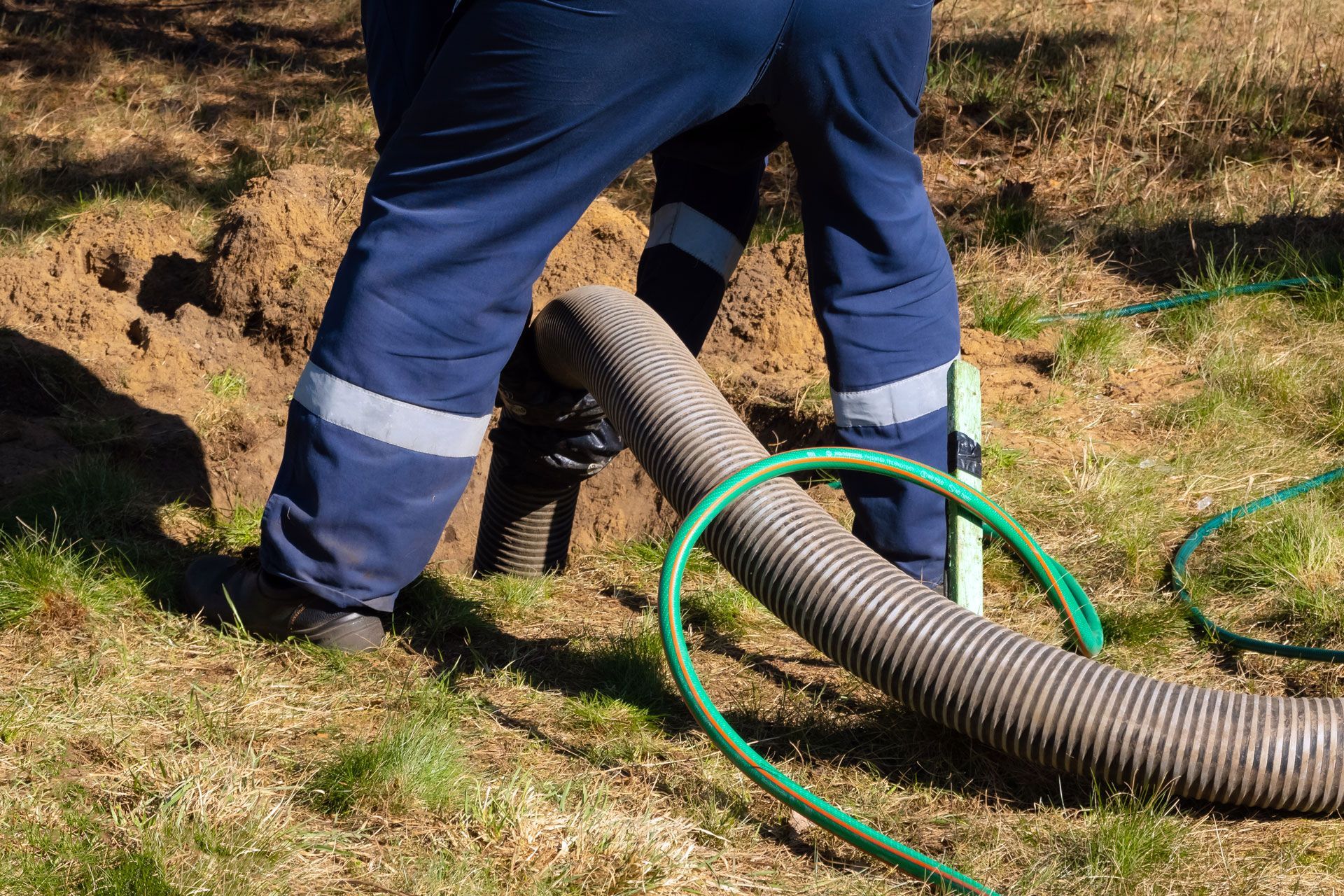Septic System / Sewer Lateral Inspection
Secure Your New Home with Mahon Services LLC's Expert Septic System Inspections in Muskingum County, Licking, Perry, Guernsey
Welcome to Mahon Services LLC, your trusted partner in ensuring the health and eciency of septic systems for home buyers in Muskingum County, Licking, Perry, Guernsey. Purchasing a new home is a signicant investment, and our comprehensive septic system inspections help you make informed decisions by ensuring the system is in optimal condition.
Why Choose Mahon Services LLC for Your Septic Inspection Needs?
- Expertise You Can Trust: Our certied and experienced technicians specialize in septic systems, using the latest tools and techniques to conduct thorough inspections tailored for home buyers.
- Comprehensive Evaluation: We meticulously examine every component of the septic system, including the tank, pipes, and drainage eld, to identify any signs of wear, damage, or potential failures.
- Peace of Mind: Our inspections provide you with the condence and peace of mind that the septic system in your prospective home is functioning correctly and won’t lead to unexpected expenses.
- Detailed Insights: Receive a detailed report after every inspection, outlining the system's condition, any issues identied, and recommendations for maintenance or repairs.
- Home Buyer Education: We take the time to explain our ndings and provide valuable insights into maintaining the septic system, ensuring you are well-informed before making your purchase.
Our Home Buyer Inspection Process
01
Initial Consultation
We begin with a discussion to understand the property's septic system history and any concerns you may have as a home buyer.
02
In-Depth Examination
Our technicians perform a comprehensive visual and physical inspection of the accessible areas and components of the septic tank, distribution box, and leach eld area.
03
Performance Assessment
We assess the system's performance, checking for proper ow and drainage to ensure it meets your needs as a new homeowner.
04
Issue Identication
We identify and document any issues such as leaks, blockages, or improper operation that could affect your buying decision.
05
Comprehensive Report
A detailed report is provided, along with a discussion of our ndings and maintenance advice tailored for home buyers.
Why Schedule an Inspection Before Buying?
State inspections are a mandatory part of the installation process. But there's a reason why they're so important. That's because inspections:
Avoid Hidden Costs: Uncover any potential issues that could lead to costly repairs after purchase.
Informed Decision-Making: Gain a clear understanding of the septic system’s condition to make an informed buying decision.
Future Planning: Know what to expect in terms of maintenance and potential upgrades.
Why Septic System Inspections Matter
Among all property-related inspections, evaluating a septic system can be one of the most demanding—some inspectors half-jokingly call it a “crappy job.” A thorough septic inspection requires both physical work (often involving digging) and an eye for system defects. While the components of a traditional, gravity-fed septic system may be straightforward, accessing the buried tank and its parts is frequently the hardest part.
The Risks of a Failing Septic System
A neglected or malfunctioning septic system can fail dramatically. In the worst situations, raw sewage may flow back into the home, forcing occupants to temporarily relocate. Aside from the obvious sanitary hazards, sewage backup causes persistent odors, stains, water damage, and potential health concerns.
Recognizing Warning Signs
Sometimes septic issues develop silently, but there are common indicators of a failing system:
Pooling or damp soil over the tank or drain field
Persistent sewage odors near the tank or drain field
Sewage backup inside the home
Slow drainage in sinks, tubs, or toilets
Unpleasant odors indoors, especially near plumbing fixtures
Locating the Septic Permit
Ideally, a copy of the septic permit is on file with your local health department. Unfortunately, it’s not uncommon for no record to exist, even in newer houses. When a permit is found, it typically shows a hand-drawn layout that may be vague or outdated. Note that septic design is often based on the number of bedrooms in a home (rather than bathrooms), so always verify that the home’s actual bedroom count aligns with what the system was designed to handle.
Finding and Accessing the Septic Tank
Many tanks go unpumped for years—sometimes decades—and can end up buried under landscaping, decks, patios, or additions. Inspectors usually begin searching on the downhill side of the property, probing the soil to detect the tank’s edges. If the initial approach doesn’t work, they might use a clean-out to thread a camera scope or a flushable transmitter that emits a signal. Locating the tank can take quite a bit of time, especially if it’s buried deep or hidden beneath structures or vegetation.
Uncovering and Opening the Tank
Once the perimeter of the tank is identified, inspectors dig to expose the access lids—modern tanks typically have two compartments, each with its own lid. Digging may also be necessary to find the distribution box (d-box). Tanks can be buried anywhere from a foot and a half to three feet below the surface (or sometimes much deeper), and the process can be labor-intensive, particularly in challenging weather or soil conditions.
Opening a septic tank often involves lifting heavy concrete lids. Specialty tools are required, as many lids are thick and can be cracked or deteriorated. Old tanks might have massive “coffin lids” that weigh over 100 pounds. Once the lid is open, the inspector checks for normal effluent levels (ideally a few inches below the inlet pipe and level with the outlet pipe). If the effluent is too high, it may indicate a clog or failing drain field.
Inside the Tank: Inspection Basics
A conventional, gravity-fed system directs waste from the house to the septic tank via the main sewer line. In a two-compartment tank, solids break down in the first chamber, while finer particles continue decomposing in the second. Baffles and sanitary tees help keep solids from entering the drain field. When soil conditions aren’t optimal, more advanced systems (with pumps, sensors, or aeration mechanisms) may be installed.
During an inspection, the professional typically checks for:
- Intact tank structure (no extensive damage or collapse)
- Properly functioning inlet, outlet, and sanitary tees
- Appropriate effluent levels
- Evidence of sludge (solids) and scum layers
- Adequate distance from wells, water sources, and property lines
- Effective drainage into the field
If the scum and sludge layers occupy roughly 30% or more of a tank’s capacity, the system is generally overdue for pumping. Afterward, the lids are resealed, and the disturbed soil is replaced. Inspectors might cover the area with straw or reseed the grass to promote recovery.
Common Septic System Issues
Several recurring issues can arise during inspections:
01
Outlet Tee Trouble
- Damaged or missing outlet tees can allow solids into the drain field.
- Older tanks have masonry tees that deteriorate over time; newer PVC tees are more robust.
02
Drain Field Failures
- Crushed or clogged lines, root damage, or excessive vehicle traffic can compromise the drain field.
- Major drain field problems often require extensive repairs or component replacement.
03
Tank Deterioration
- Tanks can be built from concrete, masonry, plastic, or fiberglass.
- Older tanks may show cracks, leaks, or partial collapse.
- Tanks placed under driveways, large decks, or deep fill can be very difficult to access and maintain.
04
Improper Placement
- Tanks and drain fields must maintain clearances from wells, water bodies, and property lines.
- Systems located too close to these areas risk contamination issues.
Repairing a Septic System
If your system needs repair, contact a licensed septic company. They can diagnose the problem and coordinate with local health officials if permits or system redesigns are required. In some regions, environmental health departments maintain lists of certified installers and repair specialists.
Installing Septic Tank Risers
Risers are wide, cylindrical extensions that let you access a tank without extensive digging. Generally made of concrete or plastic, they include a secure lid at ground level. Installing risers is especially helpful if your tank is more than three feet below the surface.
Maintenance and Pumping Recommendations
Our Stance on Pumping
While many guidelines suggest pumping a septic tank every 3–5 years, our company does not recommend routine pumping unless our inspection indicates it is necessary. During our inspection, we measure the depth of the scum and sludge layers by probing the tank. If these layers approach or exceed the recommended thresholds, we then advise pumping to prevent solids from clogging the drain field.
Why Over-Pumping Can Be Harmful
A healthy septic tank relies on a balanced population of anaerobic bacteria to break down waste. Frequent pumping or pumping when it’s not needed can:
- Disturb the Microbial Balance: Removing too much effluent too often can reduce beneficial bacteria, slowing the decomposition process.
- Cause Premature System Stress: Without a stable community of microorganisms, solids may accumulate more quickly or remain undigested, potentially leading to drain field problems.
- Increase Maintenance Costs: Unnecessary pump
By contrast, letting the system maintain its normal bacterial activity until a true need arises helps ensure more efficient waste breakdown and reduces the risk of long-term issues.
Best Practices for Septic Care
The EPA has a helpful online guide outlining septic system maintenance. Key tips include:
- Minimize Grease and Oil: Fats, oils, and grease create a thick layer on top of the wastewater, which inhibits oxygen flow and bacterial activity.
- Avoid Non-Biodegradable Items: Materials like wipes, feminine hygiene products, and condoms do not break down in the tank, taking up space and eventually clogging the system.
- Use Harsh Chemicals Sparingly: Pesticides, certain household cleaners, paint, and other chemicals may kill the beneficial bacteria needed for waste decomposition.
Estimated Lifespan
The EPA advises planning for a replacement if a tank is 25–30 years old, though actual longevity varies depending on design, usage, and maintenance.
Conclusion
A thorough septic inspection plays a vital role in protecting a home from unsanitary conditions, costly damage, and lengthy repair projects. By measuring scum and sludge levels before recommending pumping, we help preserve the tank’s beneficial anaerobic environment and promote the system’s long-term efficiency. Proper care, regular (but not excessive) pumping, and consistent inspections will ensure your septic system runs safely and effectively for years to come.
Contact Us
Ensure your new home is equipped with a reliable and ecient septic system with Mahon Services LLC in Muskingum County, Licking, Perry, Guernsey. Contact us today to schedule your inspection or to learn more about our services. Trust Mahon Services LLC for reliable, professional septic system inspections tailored for home buyers. Your future home's safety and your peace of mind are our priorities!

